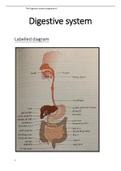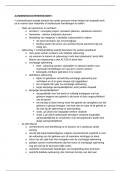Other
Unit 8 Digestive system assignment C
- Institution
- PEARSON (PEARSON)
The whole collection of my Unit 8 assignments may be found here. All of these received a distinction, meaning that I received a distinction overall for Unit 8. Assignment A has 51 pages and 8858 words Assignment B has 36 pages and 6278 words Assignment C has 41 pages and 6926 words
[Show more]




